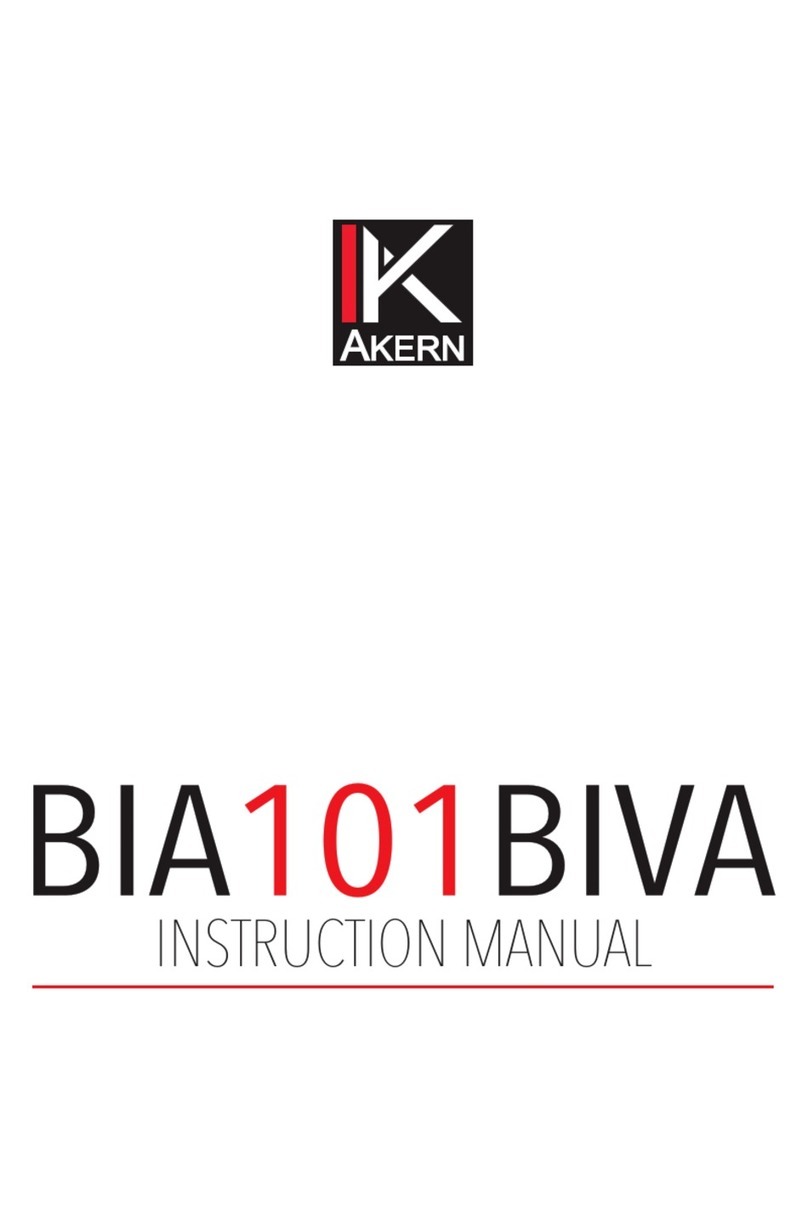INSTRUCTION MANUAL
Rev. 0 dated 09/2020 Pages 3to 67
CONTENTS
CONTENTS ...........................................................................................................................................3
CHAPTER 1: GENERAL AND SAFETY INFORMATION ................................................................................5
1.1 INTENDED USE ...................................................................................................................................................................5
1.2 INTENDED USER STAFF ......................................................................................................................................................5
1.3 INTENDED PLACE OF USE ..................................................................................................................................................5
1.4 MISUSE...............................................................................................................................................................................5
1.5 DEFINITIONS AND SYMBOLS...............................................................................................................................................6
1.6 ELECTROMAGNETIC COMPATIBILITY....................................................................................................................................6
1.7 SAFETY WARNINGS ............................................................................................................................................................7
1.8 NORMATIVE REFERENCES...................................................................................................................................................9
1.9 CLASSIFICATION OF THE DEVICE ........................................................................................................................................9
1.10 CLINICAL VALIDATION..................................................................................................................................................... 10
1.11 APPLIED PARTS...............................................................................................................................................................10
CHAPTER 2: DEVICE AND ACCESSORIES................................................................................................ 11
2.1 DESCRIPTION OF THE DEVICE.......................................................................................................................................... 11
2.2 DESCRIPTION OF ACCESSORIES....................................................................................................................................... 13
CHAPTER 3: USE OF THE DEVICE ..........................................................................................................20
3.1 PRELIMINARY PROCEDURES .............................................................................................................................................20
3.2 SWITCHING ON AND OFF................................................................................................................................................ 20
3.3 AUTOTEST .......................................................................................................................................................................20
3.4 HOME.............................................................................................................................................................................. 21
3.5 CLINIC &FIELD WORKING MODES ............................................................................................................................... 22
3.6 TOTAL BODY |BIA ANALYSIS .......................................................................................................................................23
3.7 REGIONAL ANALYSES |BIA...........................................................................................................................................30
3.8 SETTINGS MENU ..............................................................................................................................................................36
CHAPTER 4: STANDARD OPERATING PROCEDURE (SOP).......................................................................43
4.1 PRELIMINARY INFORMATION............................................................................................................................................ 43
4.2 POSITIONING THE PATIENT ..............................................................................................................................................43
4.3 POSITIONING THE ELECTRODES .......................................................................................................................................44
4.4 PRECAUTIONS AND WARNINGS .......................................................................................................................................47
CHAPTER 5: DEVICE MAINTENANCE..................................................................................................... 49
5.1 POWER SUPPLY............................................................................................................................................................... 49
5.2 CHARGING THE BATTERIES .............................................................................................................................................. 49
5.4 CALIBRATION AND TESTING.............................................................................................................................................50




























